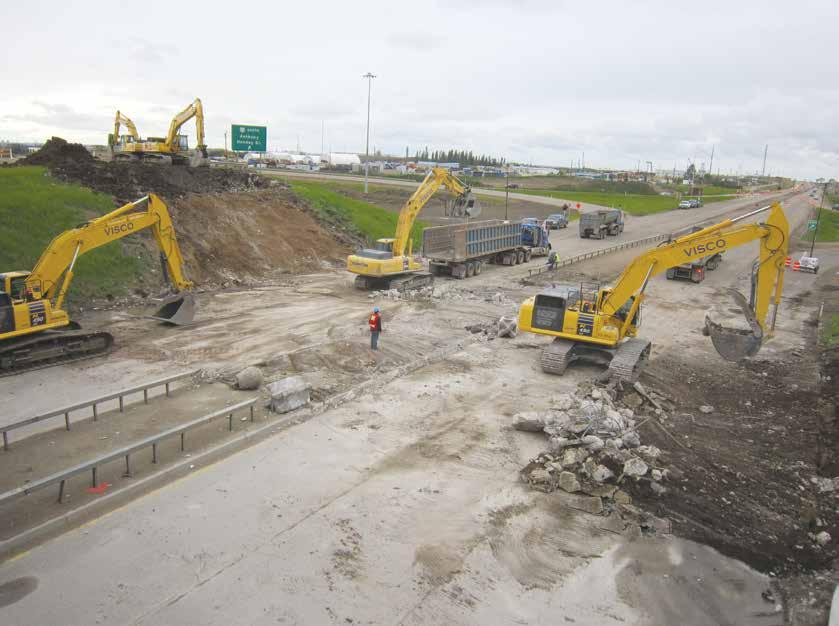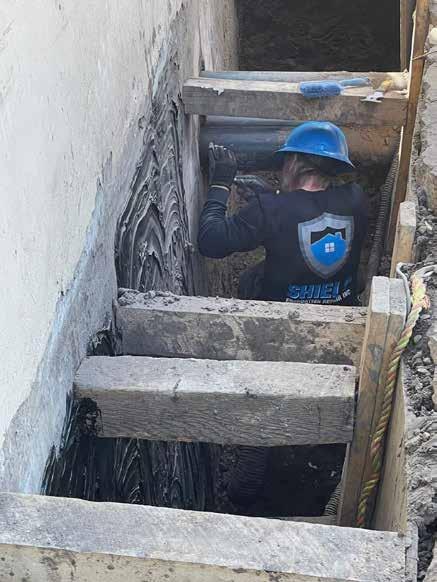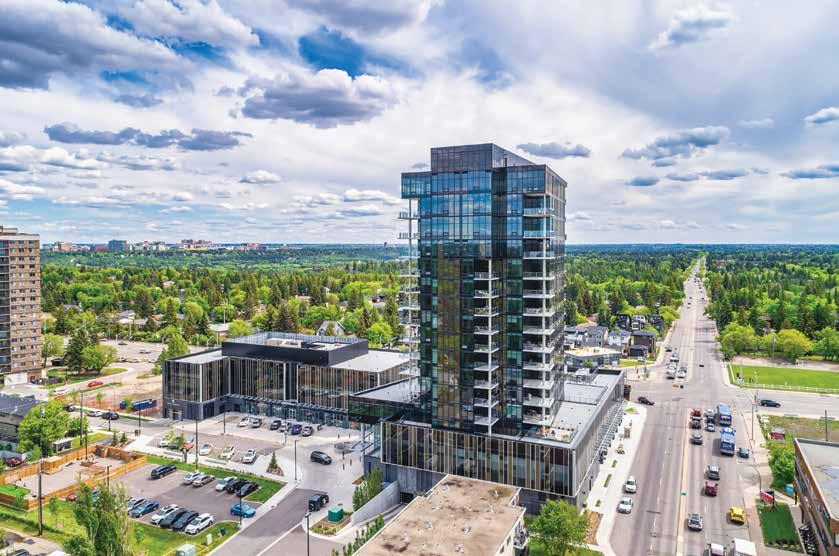
2 minute read
Industry Leading Mechanical. By Design.
Service centred around you
2023 Canadian Hydrogen Convention. Linde has been selected to complete the design and engineering for a Lindeowned and operated world-scale complex.
“The Dow net-zero Fort Saskatchewan project will be a milestone project in global industrial decarbonization,” said Dan Yankowski, Linde senior vicepresident, Americas, about the proposed complex.
Phase 1 of the project is planned to begin in Fort Saskatchewan in 2027. This is another world-scale project that will be coming to the Edmonton region should Dow finalize their complex.
“Linde’s engineering, large project execution, and operations expertise, combined with our long-standing relationship, uniquely positions us to support Dow as it takes an important step towards achieving its decarbonization goals,” said Yankowski.
These projects are part of the rapidly expanding capital investment announcements made by Alberta’s Industrial Heartland Association.
CEMENT INDUSTRY’S FIRST GLOBAL FULL-SCALE CCUS FACILITY
Another milestone announcement this year is Heidelberg Materials and the Government of Canada’s successful completion of a Memorandum of Understanding in support of Heidelberg Materials’ project to develop the cement industry’s first global full-scale carbon capture and storage facility. The new facility, which is part of Heidelberg Materials’ Edmonton plant, is scheduled to be operational by late 2026 and will capture more than one-million tonnes of CO₂ annually. Over the project’s threeyear construction period, it will create over 2,000 jobs.
“Heidelberg Materials continues to improve the sustainability of the building materials we will provide to the emerging hydrogen sector as we also aim to decarbonize our industry with an interim target of 50 per cent of all revenue from sustainable products by 2030,” said Corwyn Bruce, Heidelberg Materials’ Edmonton CCUS project director. “The story in Edmonton is even more exciting, as our planned Edmonton cement CCUS project will allow us to produce the world’s first Net-Zero Carbon Cement without purchasing offsets.”
Tapping Into The Future
One of the region’s biggest challenges, according to Malcolm Bruce, is awareness of what’s possible here in international markets.
“This is a pivotal moment for the Edmonton region. We’re globally competitive in so much of what the world needs: hydrogen, AI, life sciences, agriculture, and global logistics,” said Malcolm. “We’re moving aggressively to take advantage of these opportunities for Canada. And with investments continuing to come in and new partnerships being formed, we’re attracting the world’s attention.”
Edmonton Global’s purpose is to radically transform and grow the region’s economy. One way it’s doing that is by attracting foreign investment and trade to the region. The region’s connectivity to global markets, access to abundant talent and resources, and thriving innovation ecosystem are all key advantages to offer investors.
Edmonton Global has found tremendous success since its inception in 2018, attracting more than $2.8 billion in investment and creating approximately 4,000 jobs—and that’s despite the pandemic and global investments being down 40 per cent during 2020 and 2021. Most of these investments are capital expenditures, a boon for the Edmonton region’s construction industry.u










